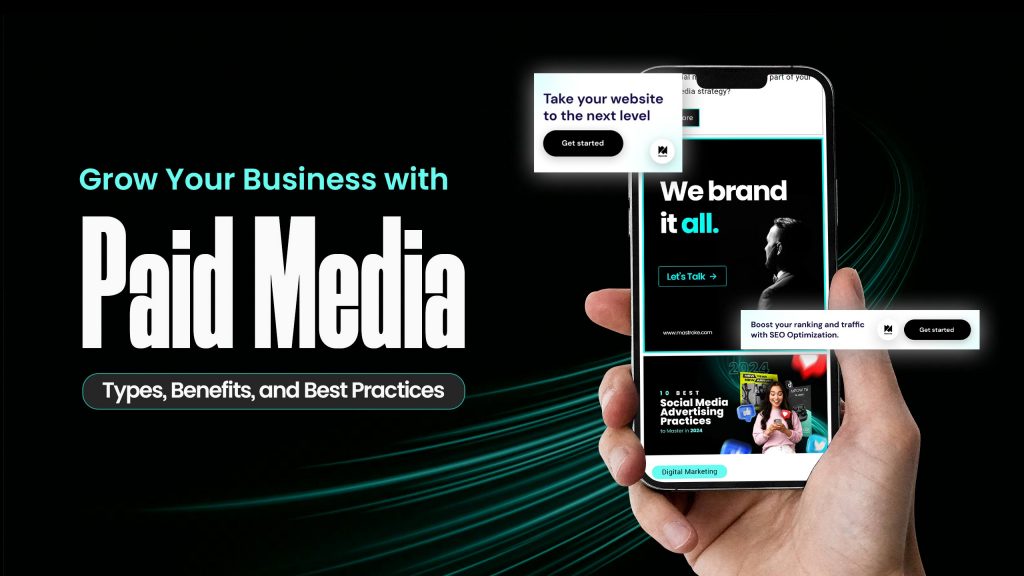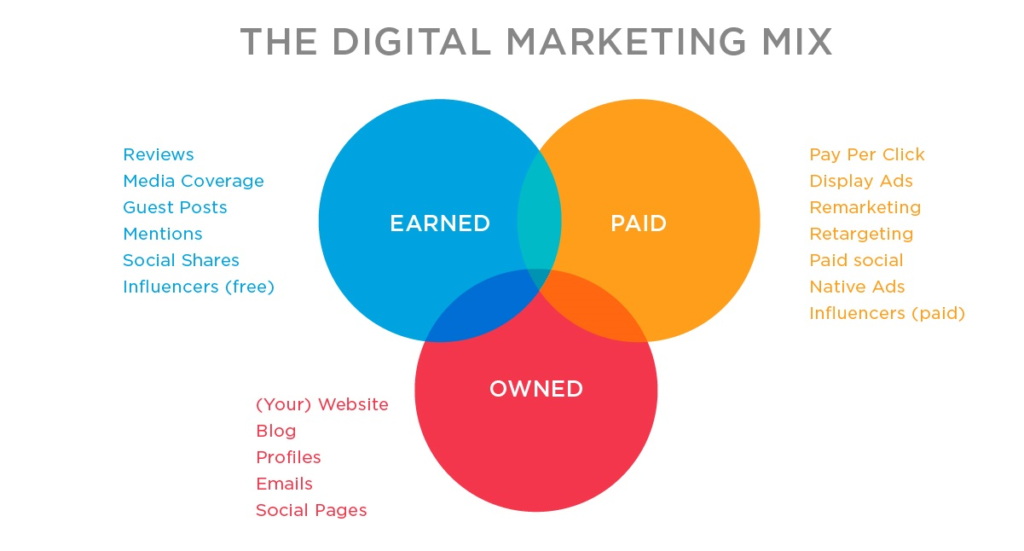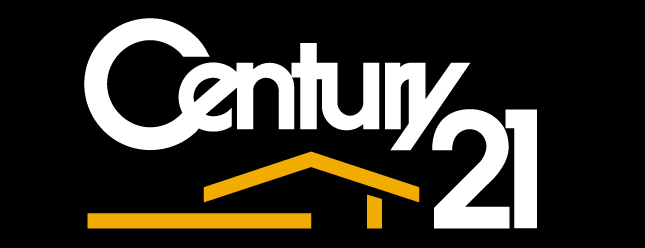Paid media is a form of advertising in which companies pay to promote their products or services through various channels such as social media, search engines, and display ads. This type of marketing strategy allows businesses to reach a targeted audience and increase brand visibility. One of the main advantages of using paid media is that it can help companies reach a larger audience than organic methods alone. Paid media also allows businesses to track and measure the success of their campaigns through metrics such as click-through rates and conversion rates. Some examples of paid media include sponsored posts on social media platforms like Facebook and Instagram, pay-per-click advertising on search engines like Google, and display ads on websites and mobile apps.
Another advantage of paid media is that it can help businesses drive traffic to their websites and increase sales. By targeting specific demographics and interests, companies can create personalized ads that are more likely to resonate with their target audience. Paid media also allows businesses to retarget users who have already shown interest in their products or services, increasing the likelihood of conversion. Additionally, paid media can help companies stay competitive in a crowded marketplace by increasing brand awareness and visibility.

One example of paid media is influencer marketing, in which companies pay influencers to promote their products or services to their followers. This type of advertising can be highly effective, as influencers have built a loyal following that trusts their recommendations. By partnering with influencers who align with their brand values, companies can reach a larger audience and increase brand credibility.
Overall, understanding paid media is essential for businesses looking to expand their reach and drive sales. By utilizing paid media channels effectively, companies can increase brand visibility, drive traffic to their websites, and ultimately increase sales. With the right strategy and targeting, paid media can be a powerful tool for businesses looking to grow and succeed in today’s competitive marketplace.
Defining Paid Media
Paid media refers to the practice of companies paying for advertising space or time to promote their products or services. This can include traditional forms of advertising such as television commercials, radio spots, print ads, and billboards, as well as digital forms such as sponsored social media posts, display ads, and paid search results. Paid media is a key component of many marketing strategies, as it allows companies to reach a larger audience and increase brand awareness. By investing in paid media, businesses can target specific demographics, track the effectiveness of their campaigns, and ultimately drive sales and revenue.
While paid media can be a valuable tool for businesses looking to expand their reach and attract new customers, it is important for companies to carefully plan and execute their campaigns to ensure they are reaching the right audience with the right message. In today’s digital age, paid media has become increasingly complex, with companies having to navigate a crowded marketplace and constantly evolving technology to stay ahead of the competition. As a result, many businesses are turning to digital marketing agencies and experts to help them develop and execute effective paid media campaigns that deliver measurable results. Ultimately, paid media is a powerful tool for businesses looking to grow their brand and increase their market share, but it requires careful planning and execution to be successful.

Benefits of Incorporating Paid Media
Incorporating paid media into a marketing strategy can provide a multitude of benefits for businesses looking to increase their online visibility and reach a larger audience. One major advantage of paid media is the ability to target specific demographics and customer segments, allowing businesses to tailor their advertisements to reach the right audience at the right time. This targeted approach can lead to higher conversion rates and a greater return on investment for marketing efforts. Paid media also offers the opportunity to quickly scale campaigns and reach a larger audience in a shorter amount of time than organic methods.
Additionally, paid media can provide valuable data and insights into consumer behavior and preferences, allowing businesses to make more informed marketing decisions and optimize their campaigns for better results. Another benefit of incorporating paid media is the ability to track and measure the performance of advertisements in real-time, allowing businesses to quickly identify what is working and what is not, and make adjustments accordingly. Overall, paid media can be a valuable tool for businesses looking to increase their online presence, reach a larger audience, and drive more traffic and sales to their website.
Examples of Paid Media in Action
Paid media is a powerful tool used by businesses and organizations to promote their products and services to a targeted audience. One example of paid media in action is sponsored content on social media platforms such as Facebook and Instagram. Companies can pay to have their posts or ads shown to users who fit their desired demographics, increasing the likelihood of engagement and conversion. Another example is pay-per-click advertising, where businesses pay a fee each time their ad is clicked on a search engine results page. This method allows companies to bid on keywords related to their industry, ensuring that their website appears at the top of search results.
Additionally, native advertising is a form of paid media where brands create content that seamlessly blends in with the platform it is displayed on, such as articles or videos on news websites. This type of advertising is less disruptive to users and can help increase brand awareness and credibility. Overall, paid media is a vital component of any marketing strategy, allowing businesses to reach their target audience in a cost-effective and efficient manner. By utilizing various forms of paid media, companies can increase brand visibility, drive website traffic, and ultimately, boost sales and revenue.

Maximizing Your Paid Media Strategy
Maximizing your paid media strategy involves strategically utilizing various channels and platforms to reach and engage with your target audience. By leveraging paid advertising on platforms such as Google Ads, Facebook Ads, and Instagram Ads, businesses can effectively increase their visibility and drive conversions. It is important to carefully analyze your target audience and their online behavior in order to create targeted and compelling ad campaigns that resonate with them.
Additionally, A/B testing different ad creatives, copy, and targeting options can help optimize your campaigns for maximum results. Monitoring your ad performance and adjusting your strategy based on data and insights is crucial for continuously improving and maximizing the effectiveness of your paid media efforts. Collaborating with influencers and partnering with relevant websites or publications for sponsored content can also be effective strategies for expanding your reach and driving engagement. By continuously experimenting, analyzing, and refining your paid media strategy, you can ensure that you are making the most of your advertising budget and achieving your marketing goals.
